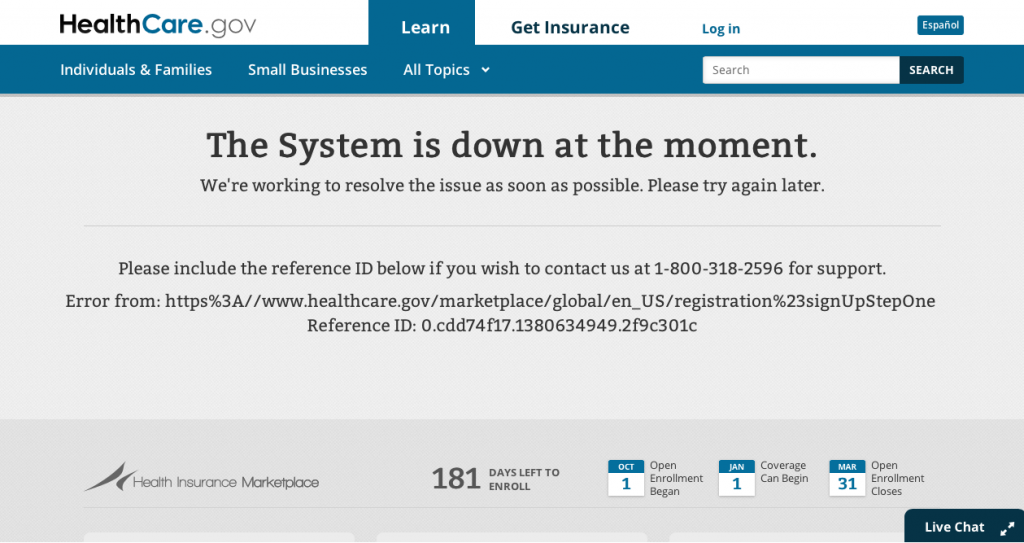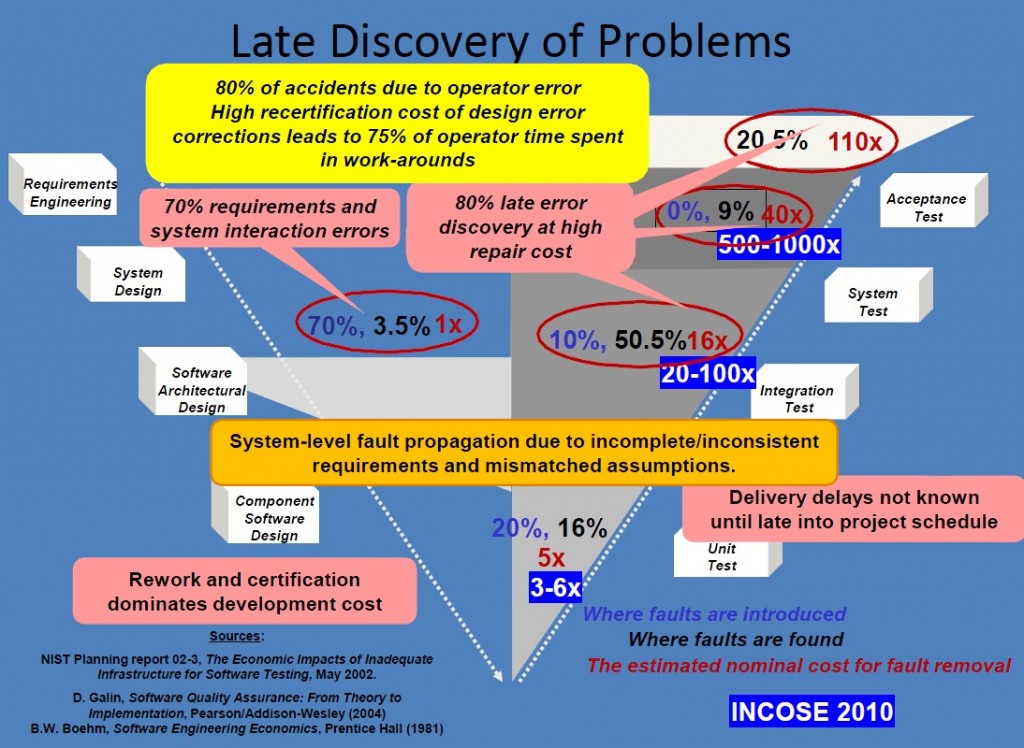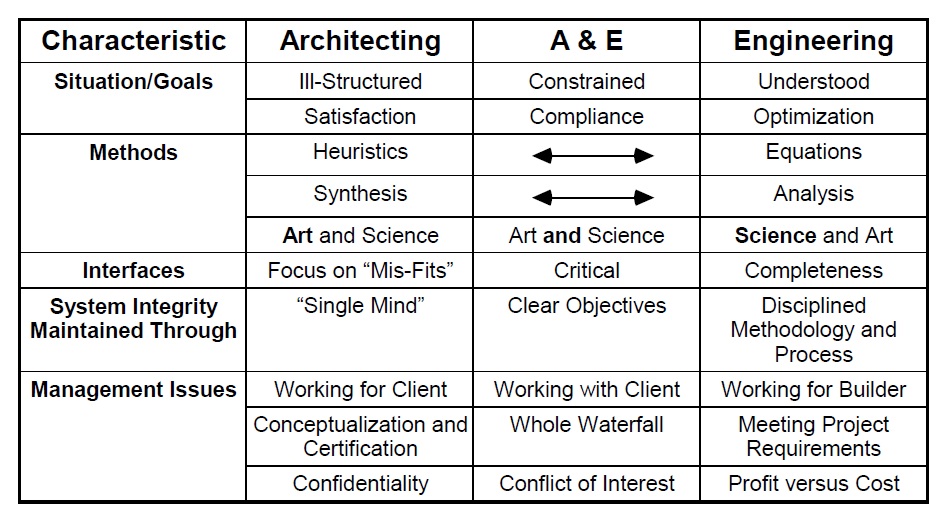A useful diagnostic tool to help determine problem areas and areas for improvements are maturity models. They can be used by both the client and consultant to determine the current level of performance. The target level of performance doesn’t need level 5 (highest capability) for everything, as that is likely too expensive or difficult to achieve, or not necessarily needed.
One of the best ways of improving technology and product development is for your organization be good at developing and managing requirements. About 70% of problems in technology and product development come from requirements and system interaction errors, and fixing these problems at the final acceptance test or in the customer’s hands costs about 100 times more than fixing them in the requirements development and management phases of the project. Basically build the right thing, build things right, and find problems early.
For requirements development and management, there are a few maturity models published, but I have found them too specific to an industry (like for business analysts in the software industry), cover only certain aspects, or don’t cover integration, training, or culture well enough. So I’ve developed the above model based on similar models from consulting houses, CMMI, Six Sigma, Model Based Systems Engineering, PLM, and my own background. I think this can apply to all kinds of systems, from hardware-oriented (manufacturing, construction), software-oriented, or combinations of both.
(click for full size)
Using this tool can then help structure the problem, ask the right questions and prioritize opportunities. Where does your organization stack up?
If you have comments or questions on the model, or have ideas for improvements, please contact me.





